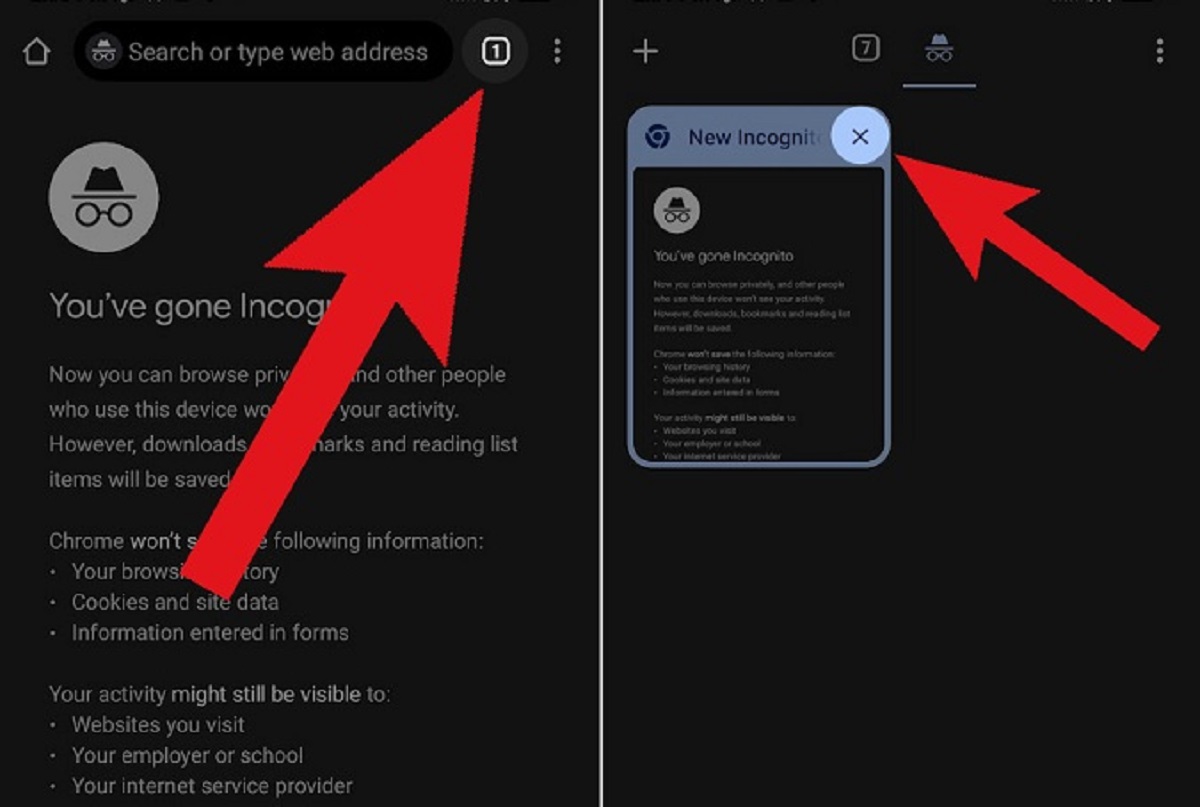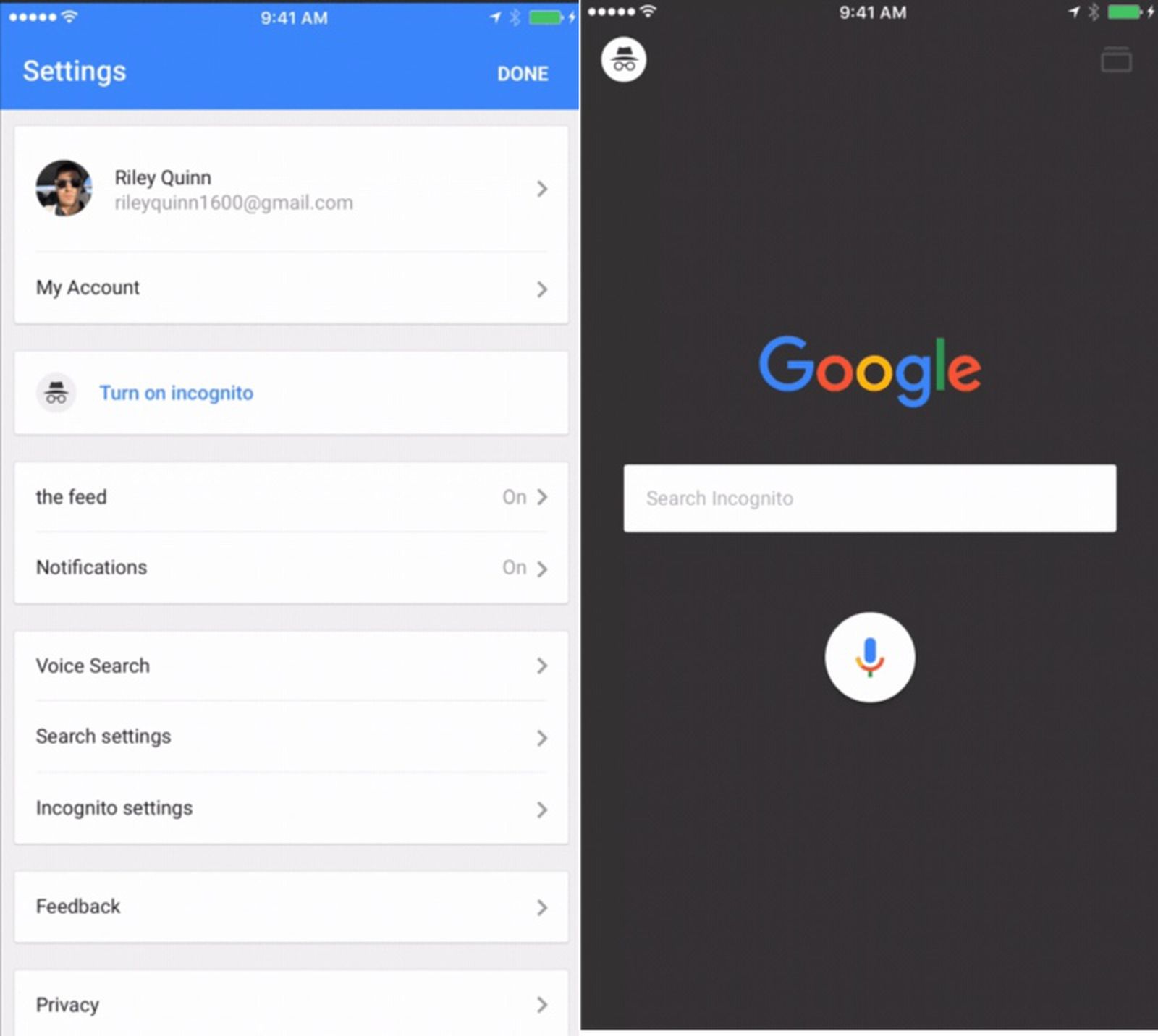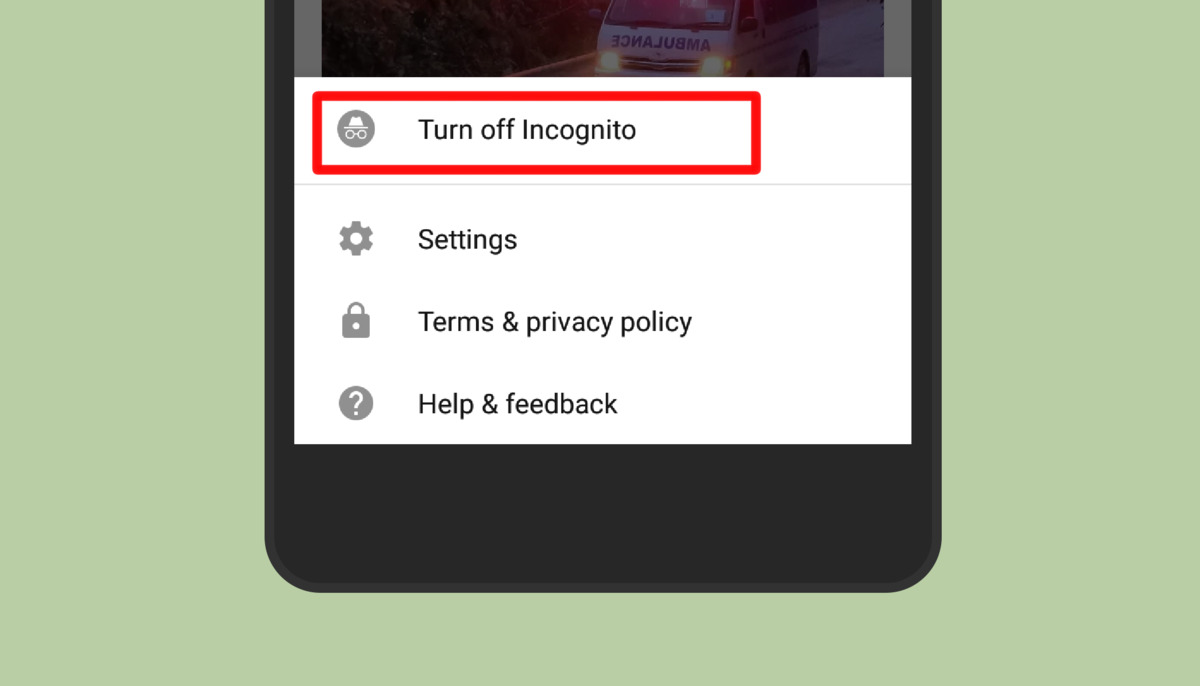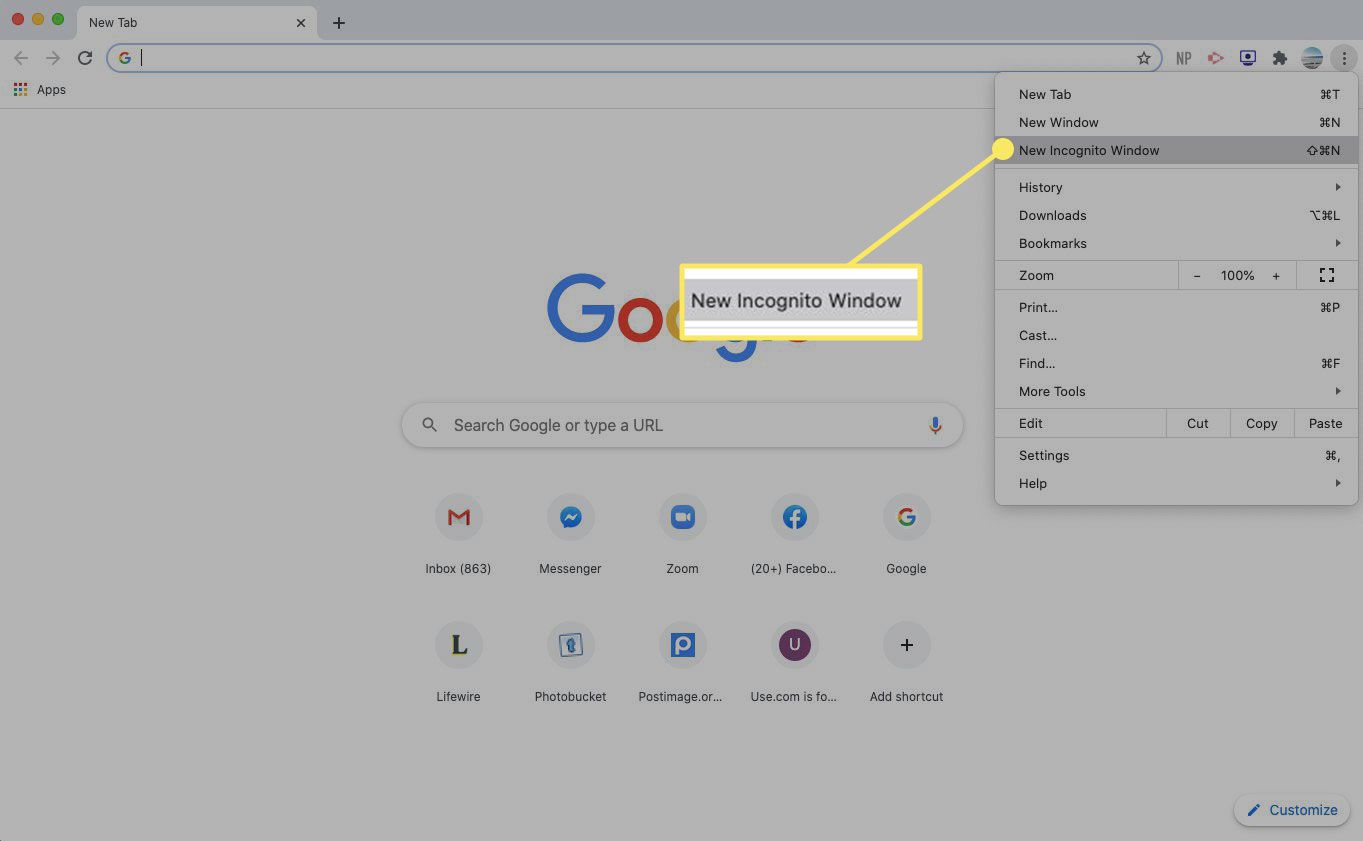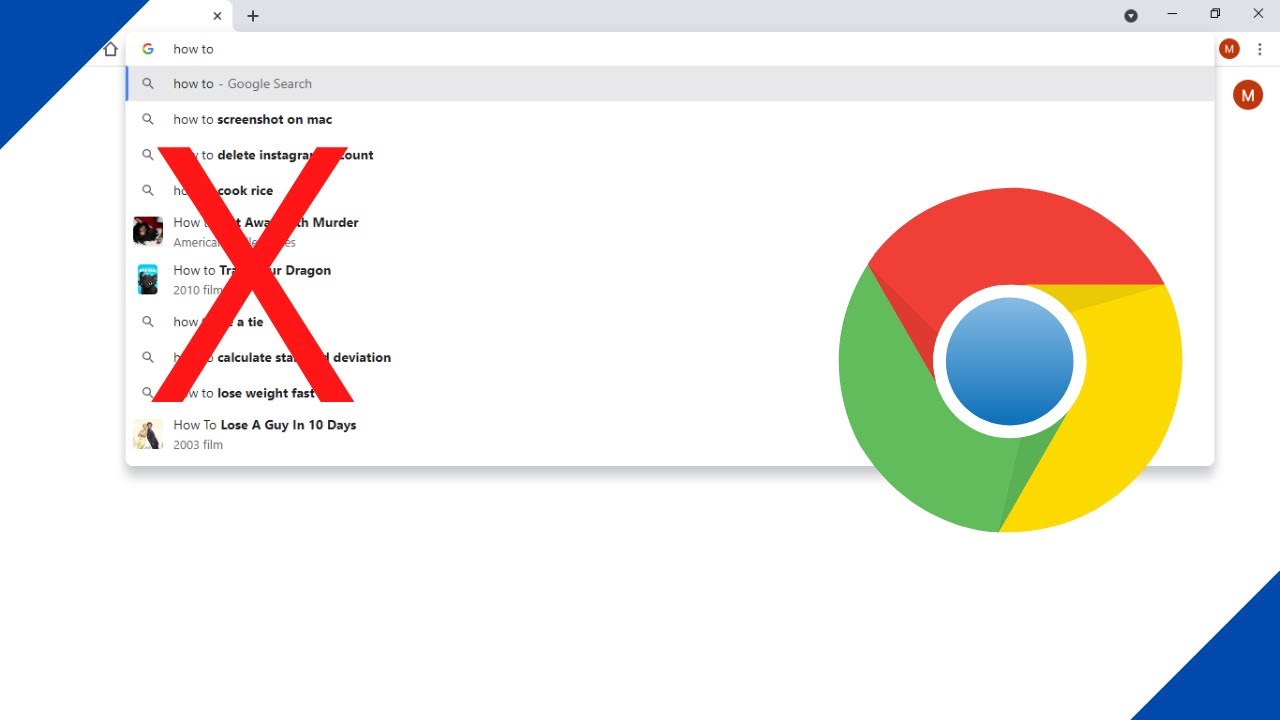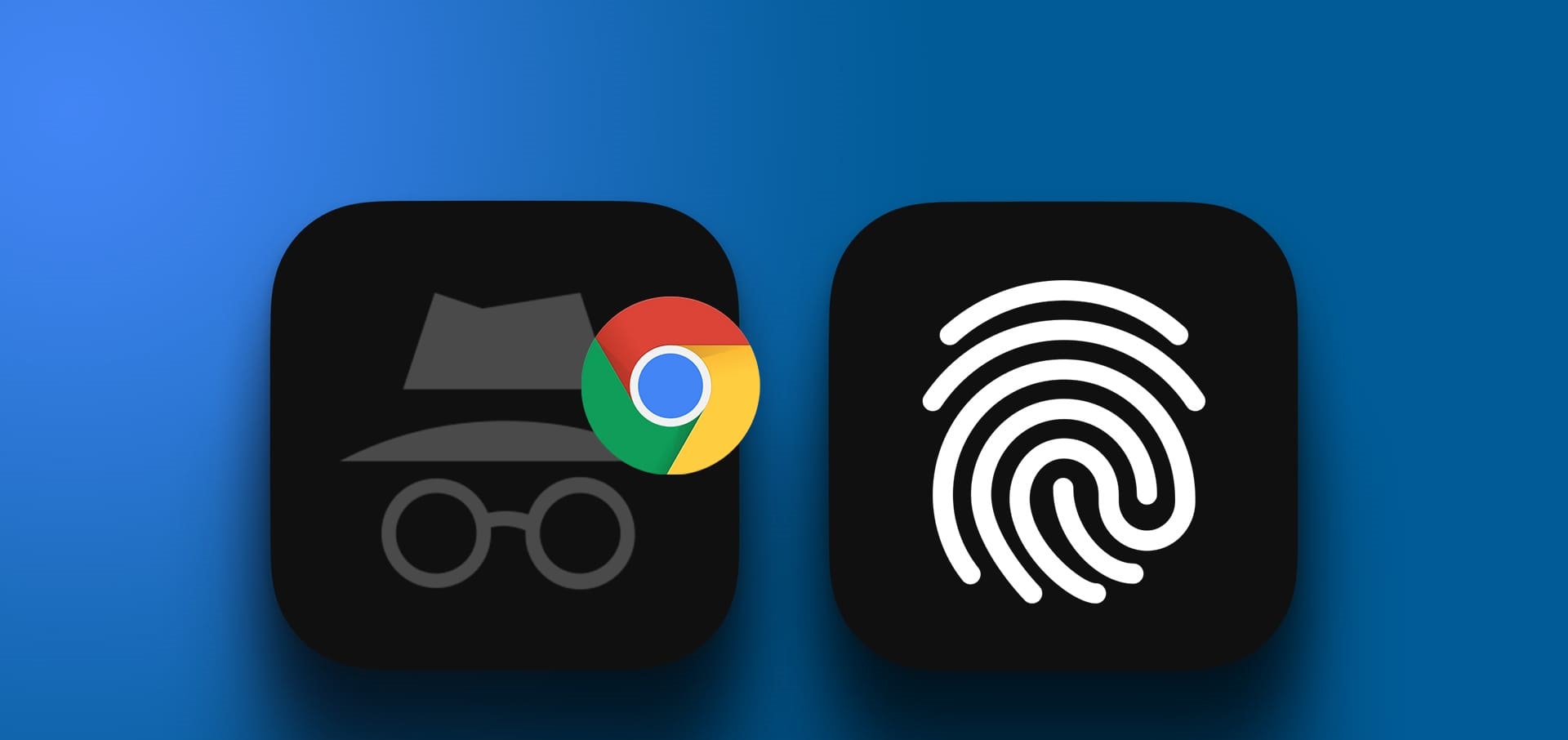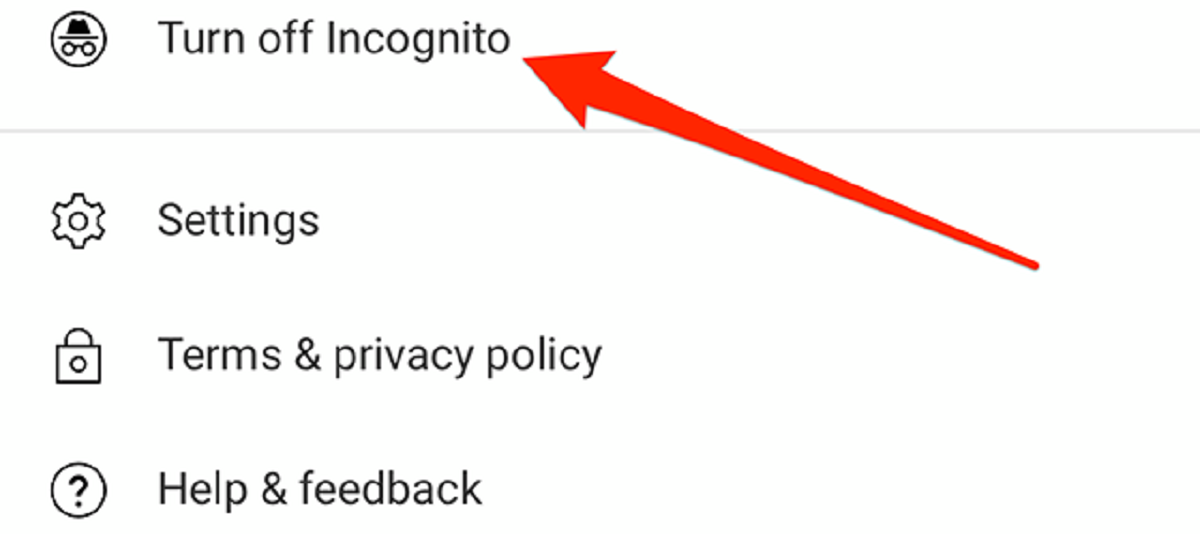Introduction
Welcome to the world of Google Chrome and its many features, including the popular “Incognito Mode.” Whether you are casually browsing the web or working on confidential tasks, Incognito Mode can be a useful tool. In this article, we will explore the ins and outs of Incognito Mode and provide you with a step-by-step guide on how to disable it in Chrome.
Incognito Mode, also known as private browsing or stealth mode, offers users a way to browse the internet without leaving a trace of their online activities. When using it, your browsing history, cookies, and site data are not stored, and any temporary files are automatically deleted once you exit Incognito Mode.
One of the main reasons people use Incognito Mode is for privacy. It allows you to visit websites without the fear of your browsing history being saved, preventing others with access to your device from seeing which sites you have visited. It can also be handy if you are using a shared computer or public device, ensuring that your online activities remain discreet.
Besides privacy concerns, Incognito Mode can also serve practical purposes. It prevents websites from using cookies to track your behavior and saves you from annoying targeted ads based on your browsing history. Additionally, Incognito Mode can be helpful when signing in to multiple accounts on the same website, as it keeps your logins separate.
However, it’s important to note that Incognito Mode is not foolproof. While it does provide a layer of privacy, it does not guarantee complete anonymity. Your internet service provider, employer, or certain websites may still be able to monitor your online activities. It also does not protect you from malware or phishing attempts, so it’s crucial to remain vigilant while browsing, even in Incognito Mode.
Now that you understand the benefits and limitations of Incognito Mode, let’s dive into the methods you can use to disable it in Chrome. Whether you want to disable it temporarily or permanently, we’ve got you covered with various options that cater to different needs and operating systems.
Why Use Incognito Mode?
There are several reasons why you might choose to use Incognito Mode in Chrome. Let’s explore some of the common scenarios where Incognito Mode can come in handy:
Private Browsing: The primary purpose of Incognito Mode is to give you a private browsing experience. When you open a new incognito window, Chrome does not save your browsing history, cookies, or site data. This means that any websites you visit or searches you make will not be stored on your device. Incognito Mode can be particularly useful if you are using a shared computer or if you are researching sensitive topics that you don’t want others to discover in your browsing history.
Testing Websites: If you are a web developer or designer, Incognito Mode can be a useful tool for testing websites. Since Chrome does not save cookies or cache data in Incognito Mode, it allows you to view websites as if you were visiting them for the first time. This can help you identify any issues related to caching, login states, or session data.
Shopping for Gifts: Planning a surprise gift for a loved one? Incognito Mode can be helpful when shopping online. By using Incognito Mode, you can prevent websites from tracking your browsing habits and displaying targeted ads based on your gift searches. This ensures that your surprise remains intact.
Signing in to Different Accounts: If you have multiple accounts on the same website, Incognito Mode can be a convenient way to sign in to each account separately. By using separate incognito windows for each account, you can avoid conflicts between cookies and login credentials.
Avoiding Paywalls: Some websites limit access to their content behind paywalls or by setting a maximum number of free articles per month. By using Incognito Mode, you can bypass these restrictions since Chrome does not save cookies or site data, making it appear as if you are visiting the site for the first time.
Preventing Autofill: If you share your computer with others or have concerns about privacy, Incognito Mode can prevent your personal information, such as passwords or credit card details saved in Chrome’s autofill feature, from being automatically filled in on websites.
These are just a few examples of how Incognito Mode can be beneficial. However, keep in mind that while Incognito Mode offers privacy during your browsing session, it does not provide complete anonymity. It is always essential to be mindful of your online activities and take appropriate measures to protect your privacy and security.
Limitations of Incognito Mode
While Incognito Mode in Chrome has its advantages, it is important to be aware of its limitations. Here are some key limitations to consider:
Monitoring by Internet Service Providers (ISPs): While your browsing history is not saved on your device when using Incognito Mode, your internet service provider can still monitor your online activities. They can see the websites you visit and the data you transmit, so if you are looking for complete privacy, you may need to use a virtual private network (VPN).
Tracking by Websites: Although Incognito Mode prevents Chrome from saving your browsing history, it does not stop websites themselves from tracking your activity. Websites can still use cookies or other tracking methods to monitor your behavior and collect data on your visits.
Third-Party Extensions: Incognito Mode disables some Chrome extensions by default, but not all. Extensions that have been granted permission to run in Incognito Mode can still track your browsing activity and collect data. Make sure to review and manage your extensions to ensure your privacy.
Limited Protection Against Malware: Incognito Mode does not offer any additional protection against malware or viruses compared to regular browsing. It is essential to have a robust antivirus software installed and keep it up to date to safeguard your device from malicious threats.
Lack of Authentication: While Incognito Mode can be useful for accessing multiple accounts on the same website, it does not provide any additional authentication. Your online accounts are still vulnerable to hacking or unauthorized access, so it is crucial to use strong and unique passwords and enable two-factor authentication whenever possible.
No Protection from Phishing: Incognito Mode does not protect you from phishing attempts, where malicious actors try to trick you into revealing sensitive information. Always be cautious when clicking on links and ensure that the websites you visit are legitimate and secure.
No Permanent Changes: Any changes you make in Incognito Mode, such as bookmarks or settings modifications, will not be saved once you exit the session. If you need to retain any changes, make sure to save them in a regular browsing session.
These limitations are important to keep in mind while using Incognito Mode. While it provides a level of privacy during your browsing session, it is not a foolproof method for complete anonymity and protection. Always exercise caution and consider additional privacy measures when needed.
How to Disable Incognito Mode in Chrome
If for any reason you want to disable Incognito Mode in Google Chrome, there are several methods you can use. Whether you want to temporarily disable it or disable it permanently, we’ve got you covered. Here are four methods you can try:
Method 1: Using the Registry Editor (Windows Only)
- Press the Windows key + R to open the Run dialog box.
- Type “regedit” and press Enter to open the Registry Editor.
- Navigate to the following path:
HKEY_LOCAL_MACHINE\SOFTWARE\Policies\Google\Chrome - If the “Chrome” key does not exist, right-click on “Policies” and select “New” > “Key” to create a new key named “Chrome”.
- Right-click on the “Chrome” key, select “New” > “DWORD (32-bit) Value”, and name it
NoIncognitoMode. - Double-click on the
NoIncognitoModevalue and set its data to1. - Restart Chrome for the changes to take effect.
Method 2: Using Group Policy Editor (Windows Only)
- Press the Windows key + R to open the Run dialog box.
- Type “gpedit.msc” and press Enter to open the Group Policy Editor.
- Navigate to “Computer Configuration” > “Administrative Templates” > “Google” > “Google Chrome”.
- Double-click on “Enable Incognito Mode” policy.
- Select “Disabled” and click “OK”.
- Restart Chrome for the changes to take effect.
Method 3: Through Chrome Flags
- Type “chrome://flags” in the Chrome address bar and press Enter.
- Search for “Enable Incognito mode” flag.
- Click on the drop-down menu next to the flag and select “Disabled”.
- Restart Chrome for the changes to take effect.
Method 4: Using Third-Party Extensions
- Visit the Chrome Web Store and search for extensions that disable Incognito Mode.
- Choose a reputable extension and click “Add to Chrome” to install it.
- Follow the extension’s instructions to configure its settings.
These methods provide you with options to disable Incognito Mode in Google Chrome. Choose the method that best suits your needs and operating system. Remember that modifying system settings or using third-party extensions may have implications on your device, so proceed with caution and make sure to follow the instructions carefully.
Method 1: Using the Registry Editor (Windows Only)
If you’re using Windows, one way to disable Incognito Mode in Google Chrome is by using the Registry Editor. Please note that modifying the registry can have unintended consequences, so proceed with caution and make sure to follow the steps carefully:
- Press the Windows key + R to open the Run dialog box.
- Type “regedit” and press Enter. This will open the Registry Editor.
- In the Registry Editor, navigate to the following path:
HKEY_LOCAL_MACHINE\SOFTWARE\Policies\Google\Chrome. - If the “Chrome” key does not exist under the “Policies” key, you’ll need to create it. Right-click on the “Policies” key, select “New” > “Key”, and name it “Chrome”.
- Right-click on the “Chrome” key, select “New” > “DWORD (32-bit) Value”, and name it
NoIncognitoMode. - Double-click on the newly created
NoIncognitoModevalue, and a dialog box will appear. - In the dialog box, change the value data to
1and click “OK” to save the changes. - Close the Registry Editor.
- Restart Google Chrome for the changes to take effect.
By following these steps and modifying the appropriate registry key, you can disable Incognito Mode in Google Chrome on your Windows computer. Keep in mind that this method requires administrator access, and any mistakes made in the registry can have unintended consequences for your system.
Please note that disabling Incognito Mode through the Registry Editor does not prevent users from launching Chrome in Incognito Mode. It simply removes the option to open new Incognito Mode windows. Users can still open Incognito Mode windows through other means if they are determined to do so.
If you’re uncomfortable with modifying the registry or want a more user-friendly solution, you can explore other methods, such as using group policies or third-party extensions, which we’ll discuss in the following sections.
Method 2: Using Group Policy Editor (Windows Only)
Another way to disable Incognito Mode in Google Chrome on Windows is by utilizing the Group Policy Editor. This method provides a more structured and centralized approach, especially for systems managed through group policies. Here’s how you can do it:
- Press the Windows key + R to open the Run dialog box.
- Type “gpedit.msc” and press Enter. This will open the Group Policy Editor.
- In the Group Policy Editor, navigate to “Computer Configuration” > “Administrative Templates” > “Google” > “Google Chrome”.
- Look for the “Enable Incognito Mode” policy in the right-hand pane and double-click on it.
- In the policy settings window, select the “Disabled” option.
- Click “OK” to save the changes.
- Close the Group Policy Editor.
- Restart Google Chrome for the changes to take effect.
By following these steps, you can disable Incognito Mode through the Group Policy Editor in Google Chrome on your Windows computer. This method allows system administrators to manage and enforce policies across multiple devices easily.
It’s important to note that the Group Policy Editor is only available in certain Windows editions, specifically the Professional, Enterprise, and Education editions. If you are using a different edition of Windows, you may need to explore alternative methods to disable Incognito Mode.
Disabling Incognito Mode via the Group Policy Editor restricts users from launching Chrome in Incognito Mode by removing the option entirely from the browser’s interface. However, it’s worth mentioning that advanced users may find workarounds to enable Incognito Mode, so additional security measures might be necessary in scenarios where strict control is required.
If the Group Policy Editor method is not applicable to your Windows edition or you are looking for alternative approaches, continue reading to explore other methods such as using Chrome flags or installing third-party extensions.
Method 3: Through Chrome Flags
If you want to disable Incognito Mode in Google Chrome, an alternative method is to modify the Chrome flags. Chrome flags are experimental features and settings that can be accessed by entering “chrome://flags” in the Chrome address bar. Here’s how you can disable Incognito Mode using Chrome flags:
- Type “chrome://flags” in the Chrome address bar and press Enter.
- You will be taken to the Chrome flags page where various experimental features are listed.
- In the search bar on the flags page, type “Enable Incognito mode”.
- Locate the “Enable Incognito mode” flag.
- Click on the drop-down menu next to the flag and select “Disabled”.
- A prompt will appear at the bottom of the page, asking you to relaunch Chrome to apply the changes. Click on “Relaunch” to restart Chrome.
After Chrome restarts, the Incognito Mode option will be disabled. This means users will no longer be able to open new Incognito Mode windows through the menu or keyboard shortcuts.
It is important to note that modifying Chrome flags can have unintended effects on browser stability or performance. These experimental features are not officially supported, so proceed with caution and be aware of potential risks. If you encounter any issues, you can always reset the Chrome flags to their default settings.
Additionally, it’s important to understand that disabling Incognito Mode through Chrome flags can be bypassed by advanced users or updated Chrome versions. It may not provide foolproof protection against Incognito Mode usage, especially in shared or public environments where stronger measures may be necessary.
If you are looking for more robust and secure solutions to disable Incognito Mode, you can explore other methods such as using group policies or installing third-party extensions, which we will discuss in the following sections.
Method 4: Using Third-Party Extensions
If you prefer a more user-friendly approach to disable Incognito Mode in Google Chrome, you can utilize third-party extensions. There are several extensions available in the Chrome Web Store that can help you achieve this. Here’s how to disable Incognito Mode using third-party extensions:
- Open the Chrome Web Store by visiting the following URL:
https://chrome.google.com/webstore. - In the search bar at the top left, type “disable Incognito Mode”.
- Press Enter to search for extensions that can disable Incognito Mode.
- Browse through the search results and choose a reputable extension that suits your needs.
- Click on the extension to view its details and reviews.
- If you decide to install the extension, click on the “Add to Chrome” button.
- Review the permissions required by the extension and click “Add extension” to proceed with the installation.
- Once the extension is installed, it will activate and automatically disable Incognito Mode in Chrome.
Using third-party extensions provides a convenient way to disable Incognito Mode without diving into system settings or modifying browser flags. These extensions typically offer additional features and settings for privacy and security purposes, making them a comprehensive solution for managing your browsing experience.
However, when choosing an extension, it is crucial to select reputable ones from trusted developers. Read user reviews and check the extension’s ratings to ensure that it is reliable and safe to use. Be cautious of extensions that request excessive permissions or collect unnecessary data.
It’s important to note that third-party extensions can affect browser performance and security. Keep your extensions updated and regularly review their settings to ensure they align with your privacy preferences. If you encounter any issues or decide to re-enable Incognito Mode in the future, you can easily remove the extension through the Chrome Extensions settings.
By using third-party extensions, you can disable Incognito Mode in Chrome with ease, ensuring that your browsing sessions are more controlled and secure.
Conclusion
Google Chrome’s Incognito Mode provides users with a private browsing experience, allowing them to browse the internet without leaving a trace on their device. However, there may be circumstances where you want to disable Incognito Mode, either temporarily or permanently. In this article, we explored four methods to achieve this:
Method 1: Using the Registry Editor (Windows Only) – Modifying the Registry Editor to disable Incognito Mode.
Method 2: Using Group Policy Editor (Windows Only) – Leveraging the Group Policy Editor to enforce policies and disable Incognito Mode.
Method 3: Through Chrome Flags – Modifying Chrome flags to disable Incognito Mode.
Method 4: Using Third-Party Extensions – Installing third-party extensions to disable Incognito Mode.
Each method offers its own advantages and considerations, depending on your specific needs and operating system. It’s important to choose the method that best suits your requirements and ensures the level of privacy and control you desire.
When disabling Incognito Mode, it’s crucial to understand the limitations and potential workarounds. While these methods can prevent casual users from accessing Incognito Mode, advanced users may find ways to bypass the restrictions.
Ultimately, it’s important to remember that disabling Incognito Mode does not guarantee complete privacy or protection while browsing the internet. Implementing additional security measures, such as using a reputable VPN service, keeping your browsers and systems up to date, and practicing safe browsing habits, are essential for maintaining your online privacy and security.
Should you ever decide to re-enable Incognito Mode, the methods provided in this article can be reversed or modified accordingly. Always exercise caution and make informed decisions based on your specific circumstances and requirements.
By understanding the benefits, limitations, and methods to disable Incognito Mode, you can make informed decisions about how to tailor your browsing experience according to your needs and preferences. Whether you’re looking for increased privacy, better control over your browsing sessions, or a more secure online experience, the methods discussed here can help you achieve your desired outcomes.







